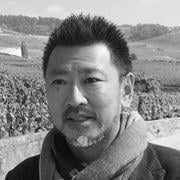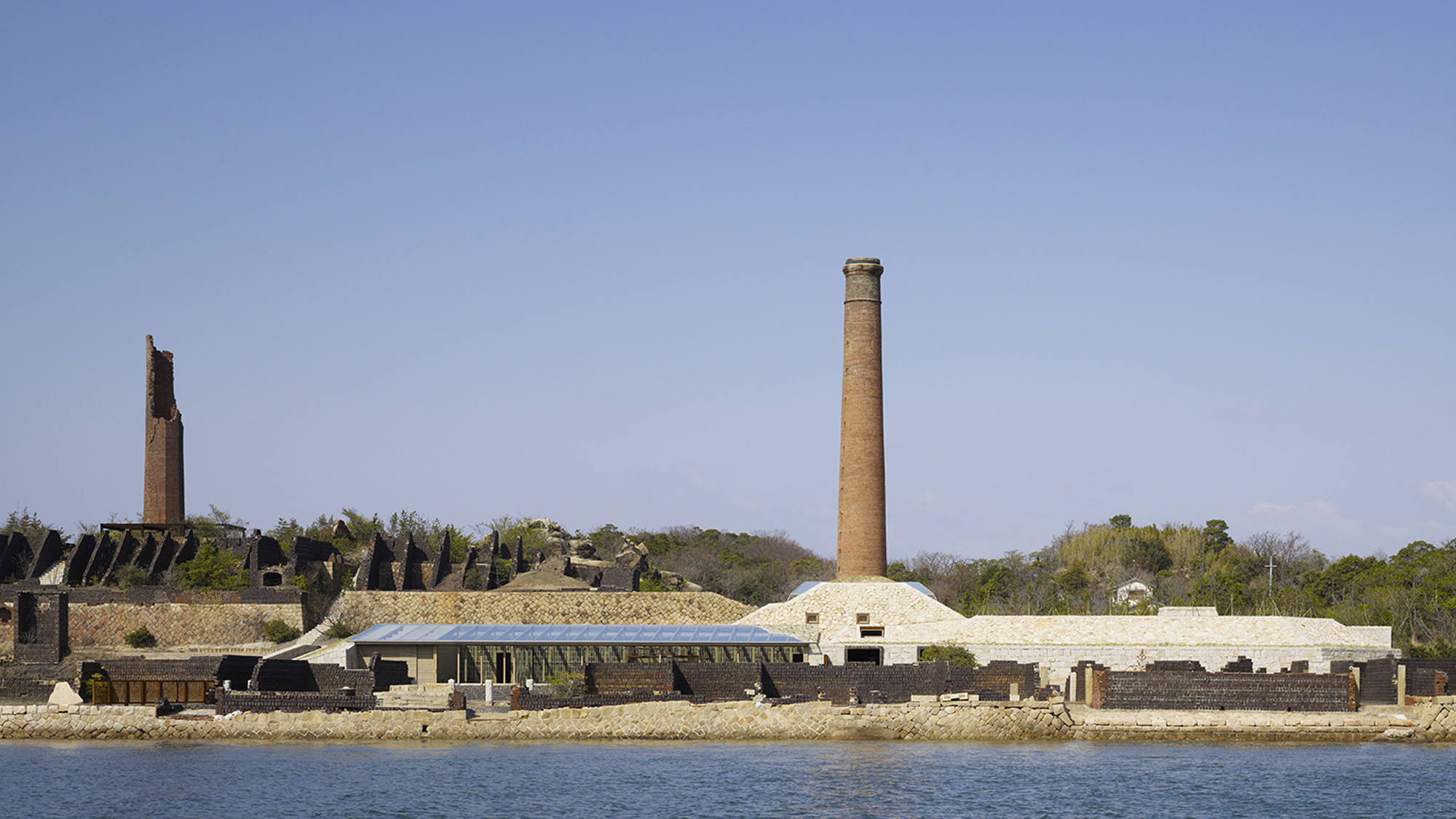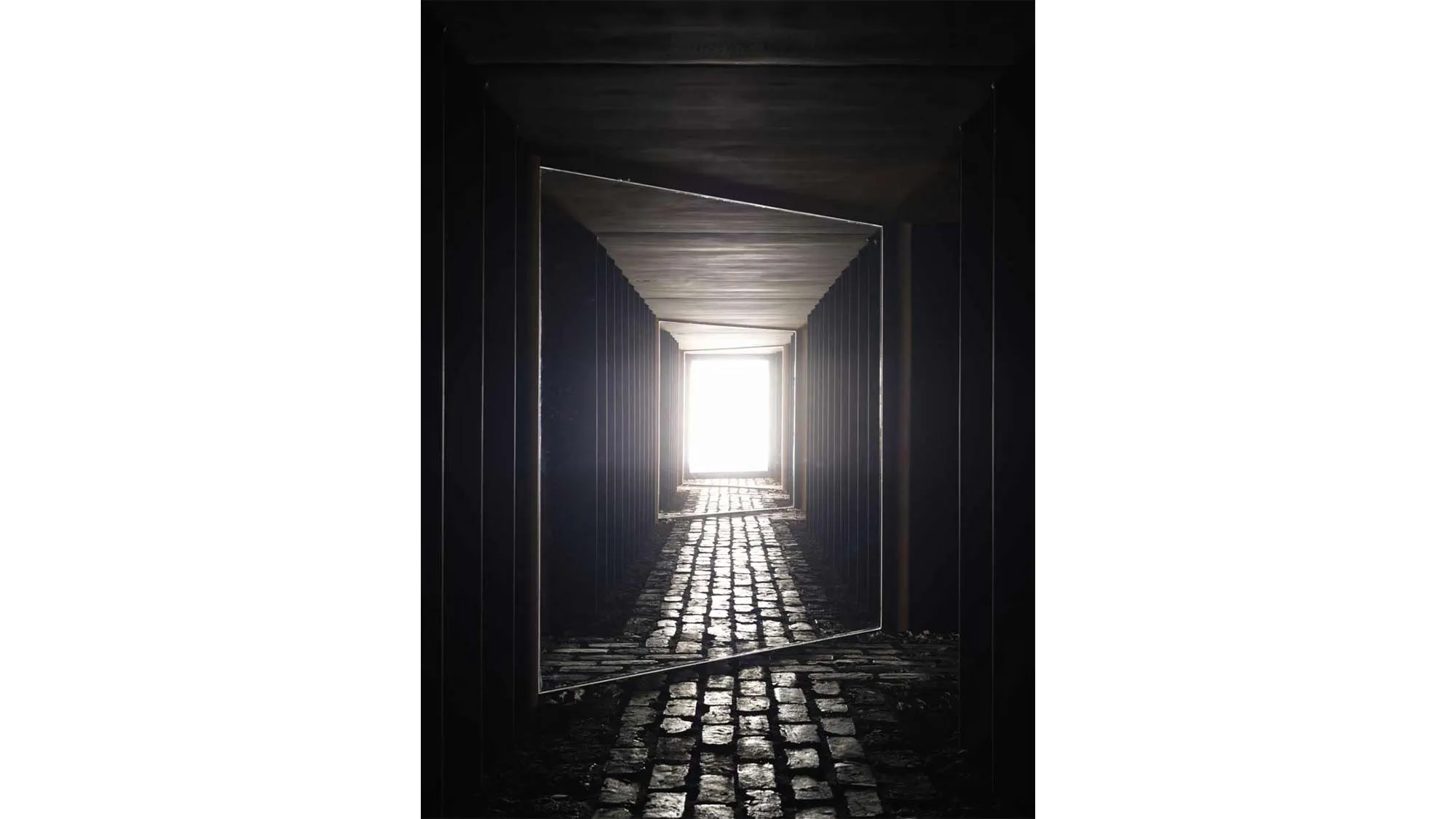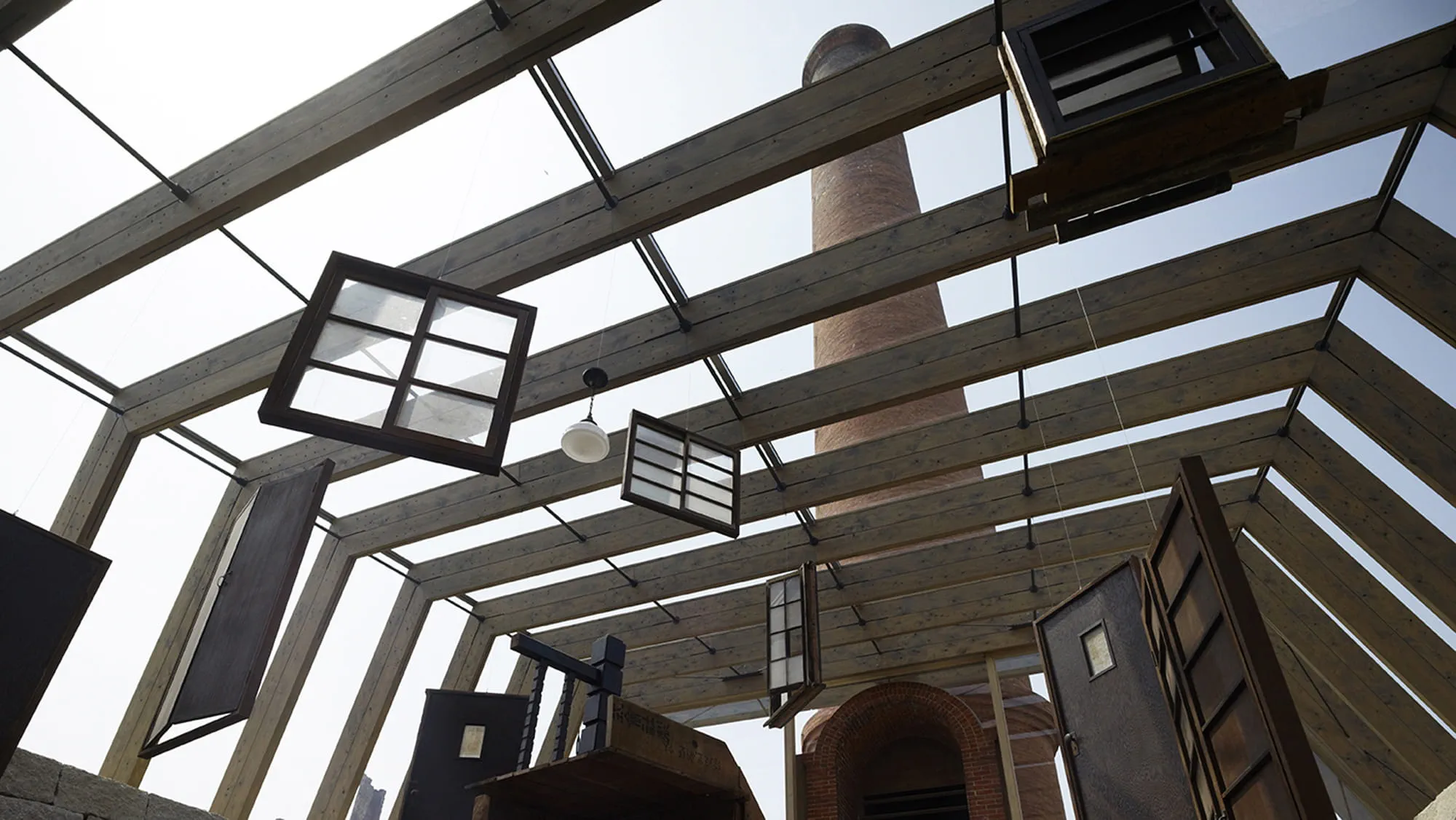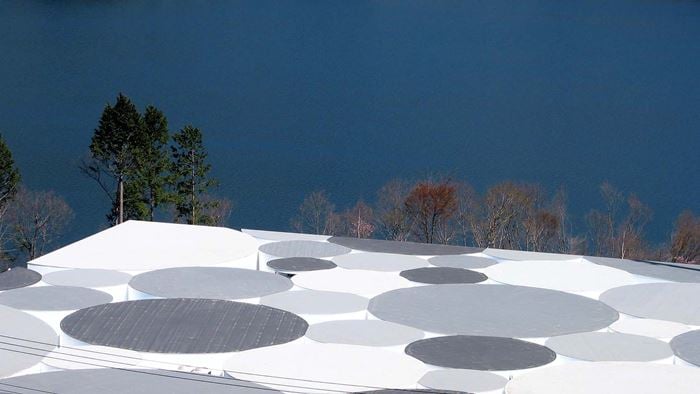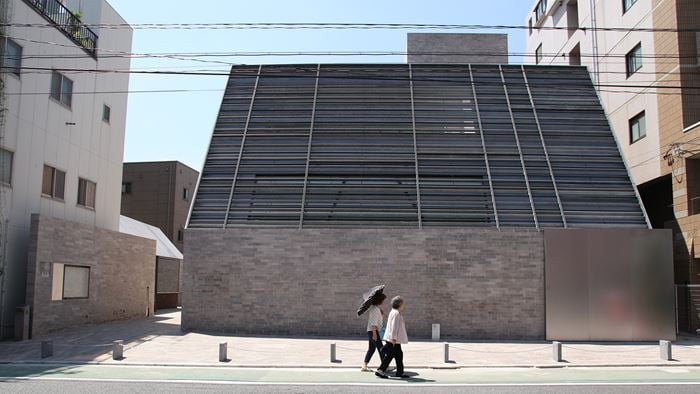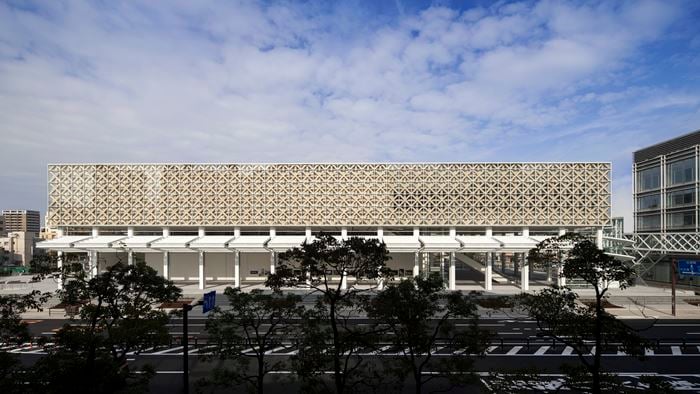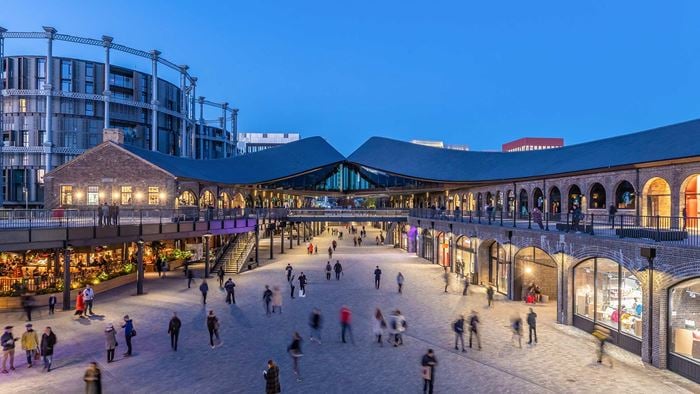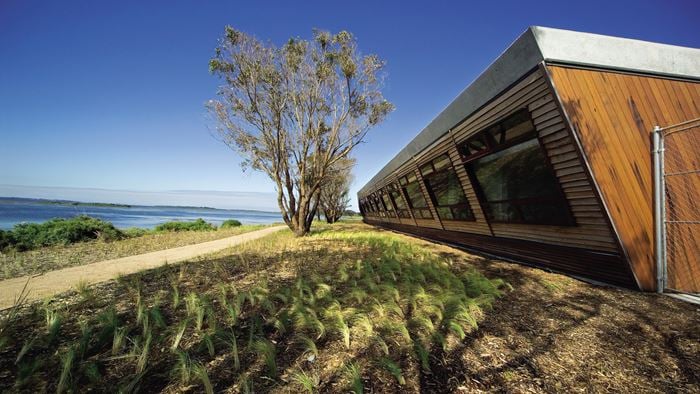A small island in the Seto-Inland Sea, Inujima copper refinery was established in 1909 which had accelarated modernisation from the late Meiji period through to the middle Taisho period but it was closed only 10 years after due to a sudden fall in the price of copper and various changes in the economy. Recently the heritage site of industrial modernisation has been redeveloped into a striking art museum.
Arup was responsible for structural and sustainable buildings design with a particular emphasis on building physics studies.
Aptly named the Seirensho (or refinery), this unique art project was designed around the remaining chimney and brick structure, and aims to rejuvenate the local economy through the enlightenment of art.
Harnessing site specific natural energy sources
With Arup's building physics expertise applied towards realising architect Hiroshi Sambuichi’s vision of integrating natural energy within buildings, the internal environment of the gallery is fully controlled by passive means without any man-made power. Natural energy sources - especially solar, geothermal and weather-based natural energy - are used to cool the building in the summer and warm it up in the winter; the stack effect created by the existing chimney increases natural ventilation; and the art exhibition space is lit up by a mirror-reflected daylight system.
Revitalize abandoned waste materials into key construction components
The building also makes full use of the locally available materials. The Karami brick, a by-product of the refining process, was used to capture the solar heat and thus to create a comfortable interior environment. Granite stones were laid on the floor bed to act as thermal mass which attenuates heat transfer in harsh summers.
Arup's creative use of state-of-the-art analytical tools, skills and techniques enabled the realisation of this art complex that is comfortable to occupy, easy to use and light in environmental impact. The project was recognised as the Best Project by both the Architectural Institution of Japan and Japan Institute of Architects in 2011, two of the most coveted architectural awards in Japan.
Awards
AIJ Grand Prize 2010
The prize of AIJ 2011 / Architectural Design Division
53rd Building Contractors Society Award
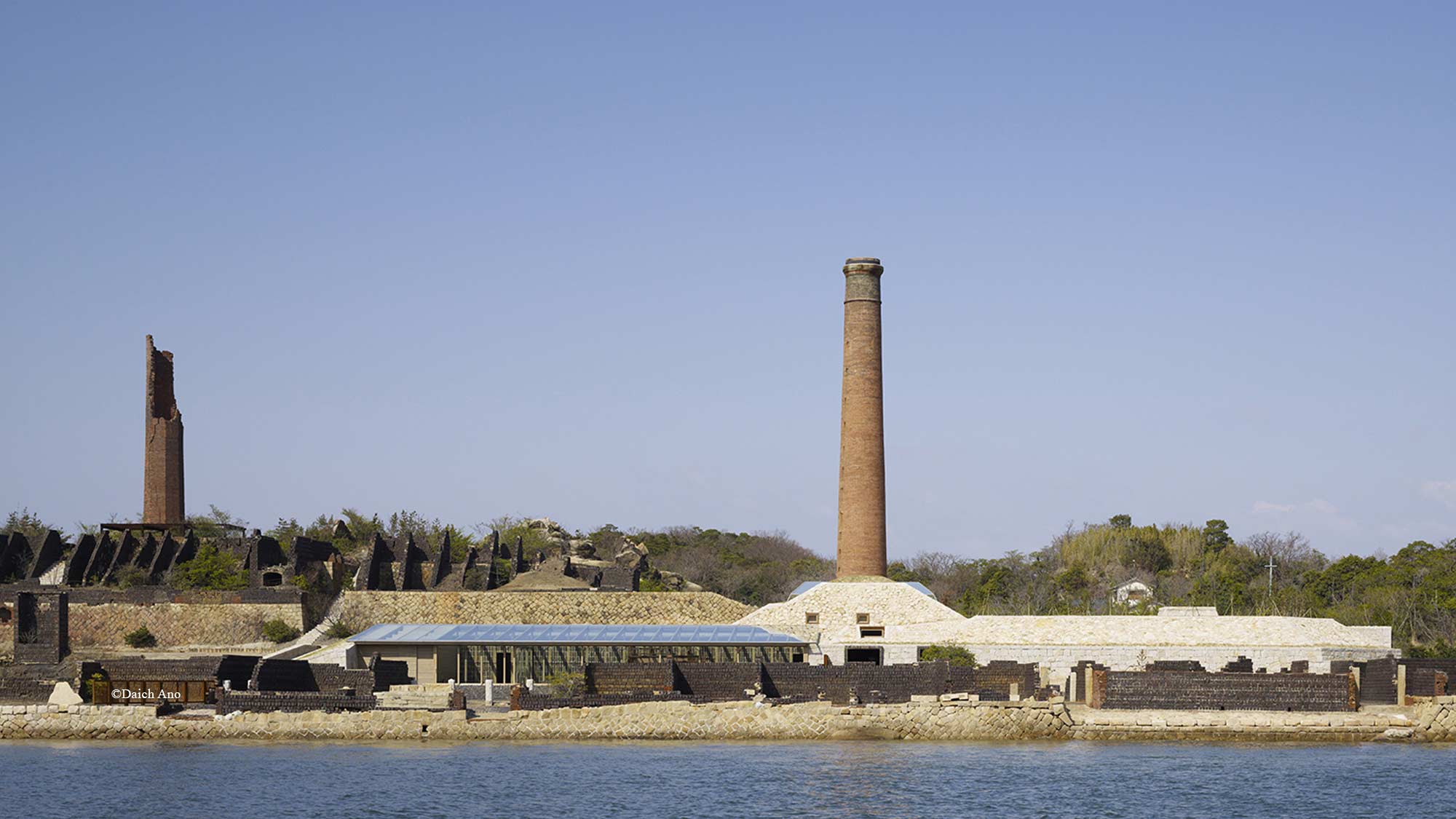 ;
;
